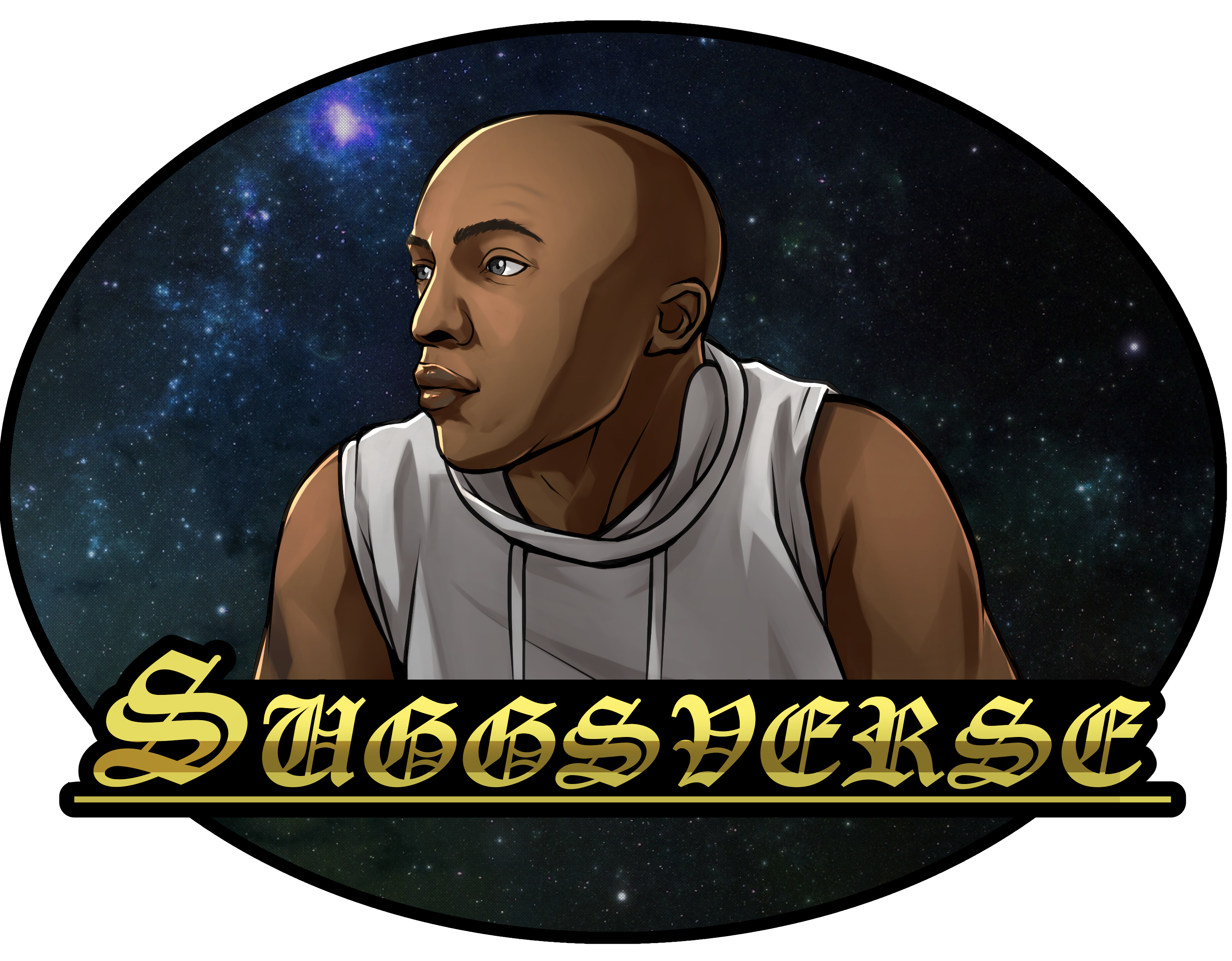Spatio-Temporal Reality
Spatio-temporal realities are the foundational, dimensional constructs that govern the manifestation and experience of both space and time in a given system of existence. These realities combine the traditional understanding of spatial dimensions (where objects and events exist in relation to each other) and temporal dimensions (where events occur in succession or coexist across a continuum) into a unified system. In simpler terms, spatio-temporal realities are the environments where both the manifest expanse (space) and the grand meta-narrative (time) are interwoven, providing the framework in which existence, causality, and change unfold.
In a hypercosmological context—especially within frameworks like the Suggsverse—spatio-temporal realities exist as a meta-possibility, a dynamic continuum that can be infinitely flexible, altered, or even transcended. These realities form the foundation of observable worlds and dimensions, where the interrelationship between space and time creates the conditions for perception, interaction, and existence itself.
However, spatio-temporal realities go beyond the ordinary conception of space-time in classical physics. Instead of adhering to traditional, linear, and uniform interpretations of existence, these realities can stretch, collapse, warp, and evolve in ways that defy conventional understanding, particularly in realms that explore the limits of possibility.
Key Characteristics of Spatio-Temporal Realities:
- Interwoven Space and Time:
Spatio-temporal realities fuse space and time into a single continuum, creating a unified framework where the presence of objects and events in space is intricately tied to their position and flow through time. This interconnectedness means that any change in space (location, position) has an associated change in time (sequence, causality), and vice versa. - Existential Boundaries and Manifestation:
Within spatio-temporal realities, the boundaries of what exists (manifest expanse) are determined by the intersection of spatial dimensions with temporal progression. For example, in these realities, a being or entity's location in space is dictated not just by where it is but by when it is—manifesting within the bounds of space-time as both a "being" in space and a "be-ness" in time. - Fluidity and Manipulation of Time and Space:
While classical space-time may appear static or fixed in most contexts, spatio-temporal realities are malleable, allowing for the fluid manipulation of both space and time. The laws governing space can be altered to reshape the expanse, collapsing or expanding dimensions, while temporal progression can be accelerated, reversed, or even transcended in specific realities. This fluidity is more than mere time travel or spatial manipulation; it is the metaphysical restructuring of the very principles that define existence. - Beyond-Dimensional Aspects:
Spatio-temporal realities may also transcend traditional dimensionality, existing as beyond-dimensional realities that exist not just within a single spatial frame but as part of an interconnected web of boundless manifest expanses. Here, space and time are not confined to three-dimensional realities, and multiple, interwoven layers of space-time may co-exist or even overlap. This makes the experience of spatio-temporal realities complex, where the perception of time may differ from individual to individual or even reality to reality. - Meta-Causality:
Spatio-temporal realities govern meta-causality—the deeper principles that structure the interactions of events, forces, and entities within a given space-time continuum. Causal chains are not only dictated by linear temporal progression but by the convergence of possibility within the space. The unfolding of events, actions, and outcomes in these realities operates under meta-rules of causality that may be paradoxical or non-linear, rejecting the absolute fixity of classical cause-and-effect logic. - Manifestation of Event Horizons:
Within spatio-temporal realities, the event horizon is a fundamental concept that defines the point beyond which certain information or phenomena cannot be observed or measured. In many contexts, this boundary is not simply a physical point but a meta-boundary where the laws of space and time collapse or fail to apply in conventional ways. The collapse of time and space at such a point can cause spatiotemporal distortions, where reality itself is warped, fragmented, or even rewritten. - Transfictional Influence:
In spatio-temporal realities, the boundaries between fiction and manifest reality can become blurred. These realms may be subject to transfictional logic, where reality and narrative intertwine, allowing entities or forces within these realms to alter the structure of space and time based on the manipulation of narrative, possibility, and the conceptual framework that defines these constructs. For example, entities within a spatio-temporal reality may not simply exist in space and time but may simultaneously exist as a meta-narrative, representing stories that both shape and are shaped by the events occurring within the spatio-temporal continuum. - Temporal Perception and Non-Linearity:
In these realities, time is not necessarily perceived as a linear flow from past to future. Time can be experienced as non-linear, where past, present, and future coexist as overlapping layers of possibility. The progression of events in spatio-temporal realities is governed by meta-possibility, which allows for the overlapping of histories, futures, and alternative paths—all contributing to the creation of paradoxes, loops, and recursive time.
Manifestation and Appearance:
Spatio-temporal realities may manifest in the following ways, depending on the perspective and scope of perception:
- Shifting Landscapes: These realms may appear as landscapes that are constantly shifting in both space and time. What was once a specific location might shift out of phase with time, causing it to be simultaneously in the past and the future, as time warps within the space.
- Unpredictable Temporal Flux: Time may manifest within these realms as waves or ripples, where specific moments in the temporal continuum fluctuate unpredictably, altering the perception of past events or future possibilities. The "present" may feel fragmented, as entities or objects can experience different times or past and future outcomes simultaneously.
- Infinite Overlaps of Realities: Spatio-temporal realities may overlap or merge into one another, with individuals or entities experiencing simultaneous timelines or multiple realities. There could be gaps in the space-time continuum where higher-dimensional perspectives leak through, making the experience of the space both terrifyingly complex and beautifully infinite.

